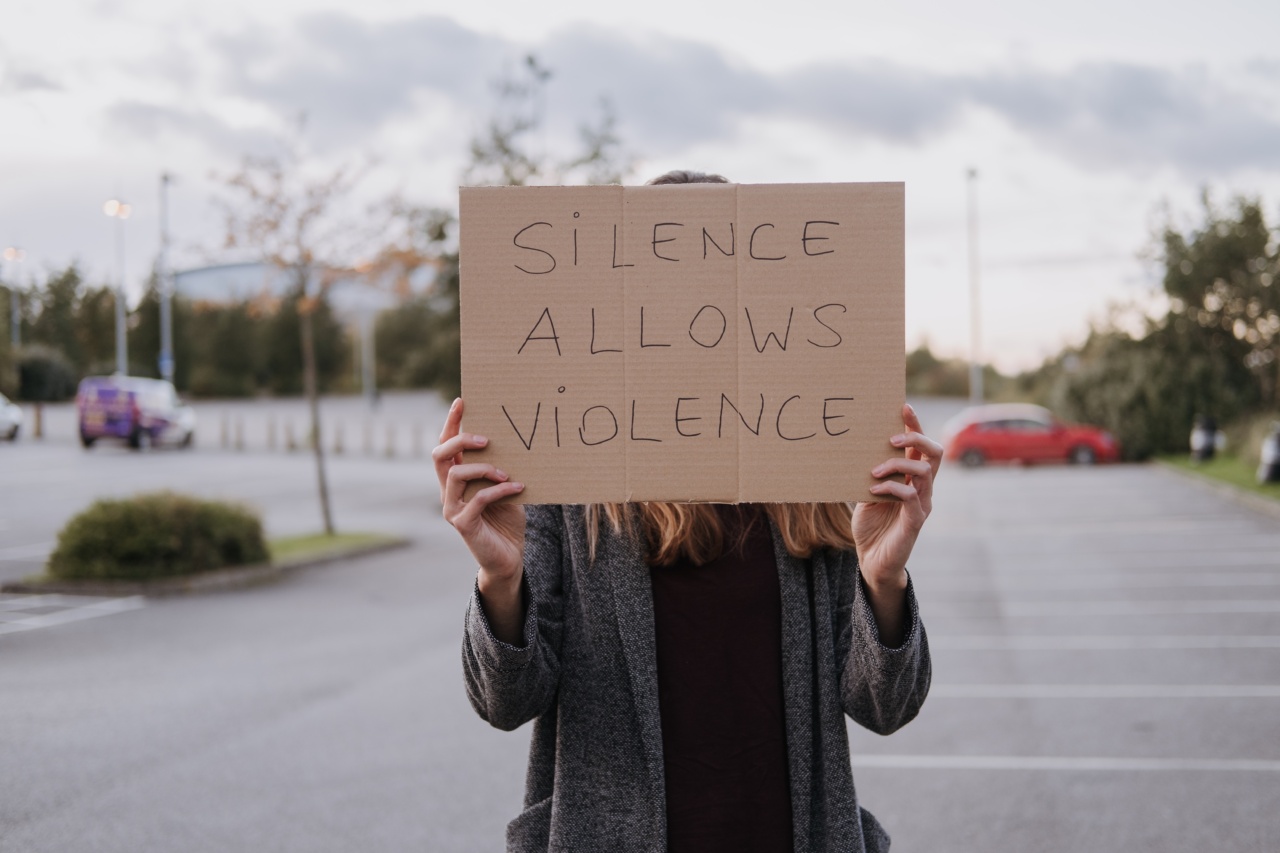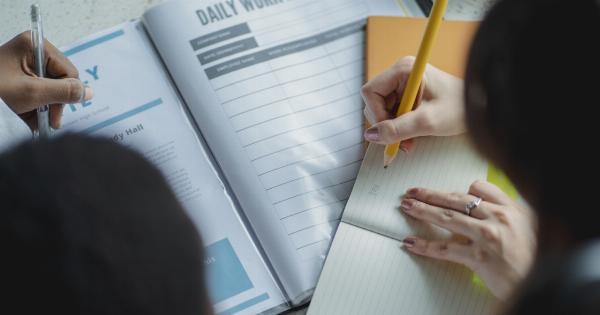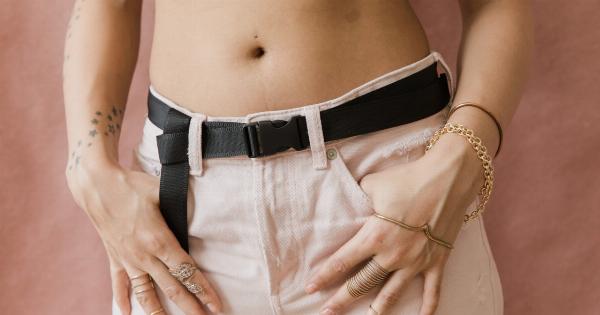A fresh manicure can be a great way to feel pampered and confident. However, a trip to the nail salon can result in severe consequences if proper precautions aren’t taken.
Manicures, particularly if unskilled technicians or unsterilized tools are involved, carry a serious threat of infections and allergies that can be very dangerous as well as painful. In this article, we will discuss some of the significant risks involved in getting a manicure and the simple tips to ensure that you enjoy the safe and enjoyable nail salon experience.
Significant Risks of Manicures
While most people consider manicures to be innocuous, it may surprise you to learn that there are several risks associated with them. Here are some of the most common:.
Infections
Infections that occur due to manicures are most commonly bacterial. Most prominent among these is the mycobacterial infection, which can spread quickly from one client to another due to poor sanitization practices by nail technicians. Salmonella and E.
Coli are also prevalent infections that can enter through skin cuts and worsen if left untreated.
Implanted Fungal Infections
Fungal infections like onychomycosis are becoming increasingly common and are tough to treat.
The fungus can reside in the moist environment of nail salons, with improper cleaning of tools and unhygienic practices facilitating their spread among clients. The persistent use of acrylic nails also encourages the fungus, which can penetrate into the nail bed underneath when they are removed.
Allergic Reactions
Allergic reactions can be as mild as a little redness or as severe as a full-blown anaphylaxis reaction. The reason for this is that the cosmetic industry’s ingredients are not regulated in the same way other formal pharmaceutical products are.
This means that we never really know what chemicals are used in our products, and when we get an allergic reaction, it becomes difficult to trace what we’re allergic to.
Breathing issues
The most prevalent health concern for nail salon workers is breathing problems, mostly due to the dust inhalation that commonly occurs during nail filing and sanding procedures.
The dust, combined with the chemical fumes coming from the acrylic and gel nails, makes the air quality in these salons suboptimal, leading to various respiratory issues.
Safety Tips to Consider During a Manicure
Manicures can still be healthy experiences if you take precautions and be aware of the potential risks. Here are twenty safety tips to incorporate into your nail salon appointment:.
1. Keep your nails clean
Before heading to your nail appointment, it’s essential to wash your hands thoroughly and make sure your nails are clean to prevent infection.
2. Always use expert technicians
Tick your boxes and make sure that your nail salon technicians are licensed to do what they do. This will ensure that they know the importance of proper sanitization and won’t put your health at risk.
3. Keep Your Tools Sanitized
Before your nail session, check that the nail salon is sterilizing all their equipment in between each client. This will give you to the peace of mind that you won’t contract any infections.
4. Don’t Cut Your Cuticles
Your cuticles provide a critical barrier to prevent infections, so avoid having them cut or removed during the manicure.
5. Always Use Paraben-Free Products
Parabens are chemicals used as preservatives in beauty products that can cause skin allergies, particularly in those who have delicate skin. To stay safe, use only paraben-free products during your manicure session.
6. Bring Your Nail Tools
To avoid the risk of transmitting bacteria or fungus from the shared salon tools, Bring your tools to the salon, or try to purchase them from the distributor.
7. Say No to Acrylic Nails
Acrylic nails require frequent refilling, and the scraping done on the nails can damage the natural nails. This damage can cause microfractures and other skin infections, leaving your nails unprotected and vulnerable.
8. Check Water Temperature
Many nail salons fill the sterilization bowl with water to soak their tools before cleaning. Ensure that the water is warm and not hot, as the hot water could weaken the sterilized tools, rendering them unusable.
9. Avoid Nail-Biting
Most of us worry about biting our nails and creating damage to the skin surrounding our nails, opening ourselves up to bacterial invasion.
10. Use Bright Nail Polish Colors
The use of darker colors of nail polish can sometimes make it difficult to see any injury or bleeding that has occurred during the procedure.
11. Wear Sandals
Wear open-toe shoes to the salon to avoid trapping any moisture in your toes, which could allow the growth of fungus after your pedicure appointment.
12. Use Safe Nail Polish Treatments
Make sure that any nail product that is applied to your nails is free from toxic substances, particularly those containing formaldehyde. This chemical can harm your immune and respiratory systems.
13. Take a Break
Don’t overdo the frequent sessions. If you have a schedule, make sure to take a break of a month or two to recover and heal your nails.
14. Ensure Ventilation in the Salon
If the nail salon you visit has issues with ventilation, then it’s essential that precautionary masks are worn to protect against the fumes.
15. Avoid Harsh Chemicals
Harsh chemicals can cause severe injury to your skin. Before having your nails painted or a pedicure, ensure it won’t be too harsh for your skin or nails.
16. Say No to Razor Blades
Excess shaving and digging under the nails can cause open wounds and make them susceptible to bacterial attacks, particularly if not adequately cleaned and sterilized.
17. No Sharing Polish
Sharing polish increases the risk of infection transference, so it’s essential to have each person use their own polish.
18. Keep Your Nails Short
Short nails minimize the chances of injuries, prevent dirt build-up and lessen the threat of infections.
19. Say No to Pure Acetone
Avoid using pure acetone and look for formulas that contain added oils to prevent nails from becoming too brittle.
20. Recognize Early Symptoms
Pay careful attention to your nail’s appearance after your appointment if you notice any swelling, redness or discoloration, see a dermatologist immediately.
Conclusion
As we’ve learned from this article, it is crucial to take the right precautions in nail salons to minimize the risks involved in getting a manicure.
Remember the significant risks of infections, implanted fungal infections, allergic reactions, and breathing issues and ensure that all tools are sanitized, ventilated and kept safe for usage in between sessions. Incorporate the safety tips shared into your salon visit, and you’ll reliably have a pleasant and protected experience.





























